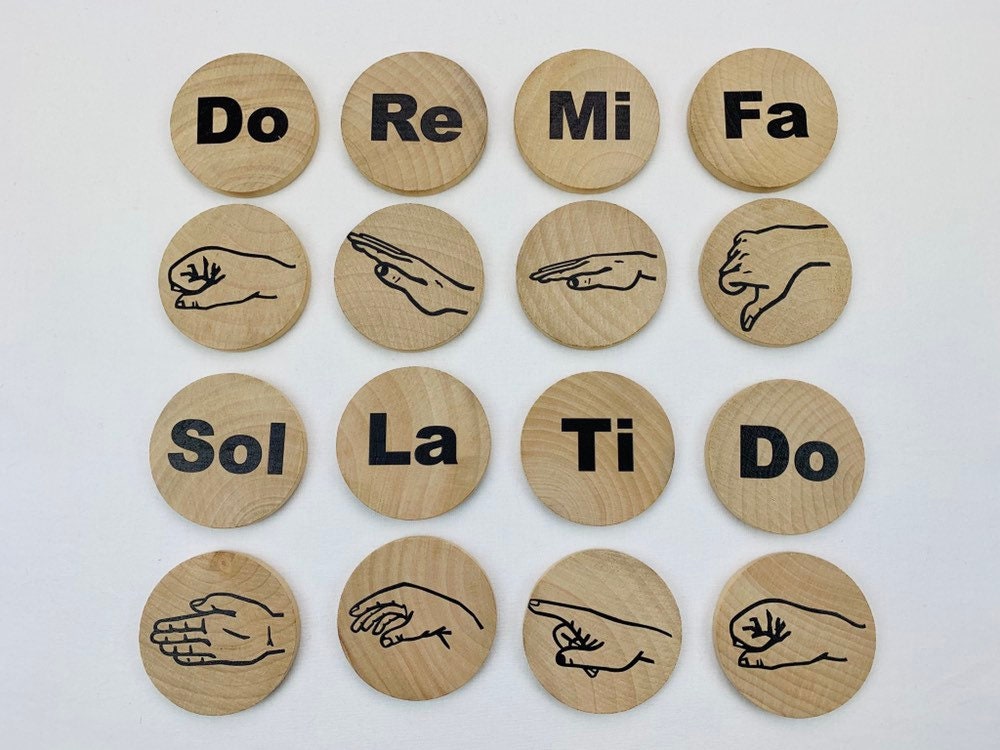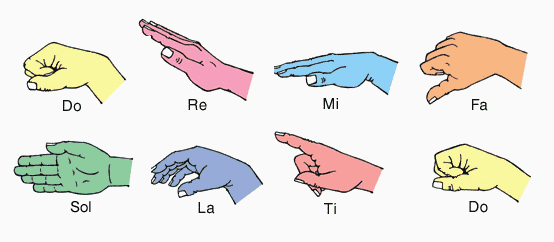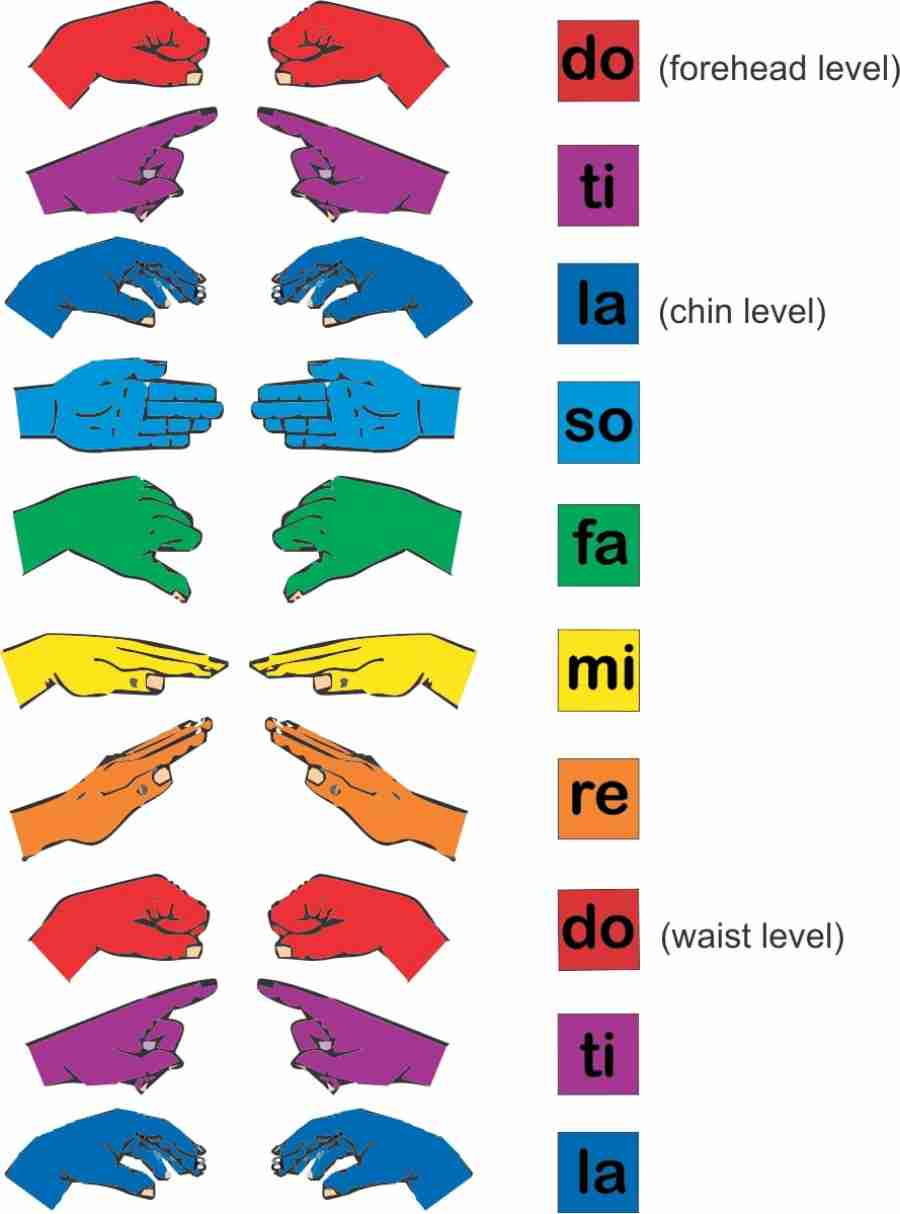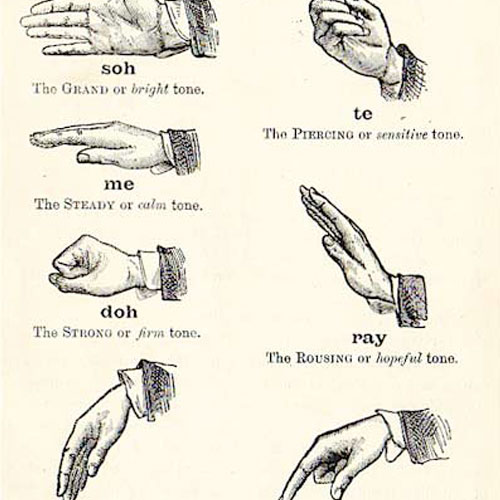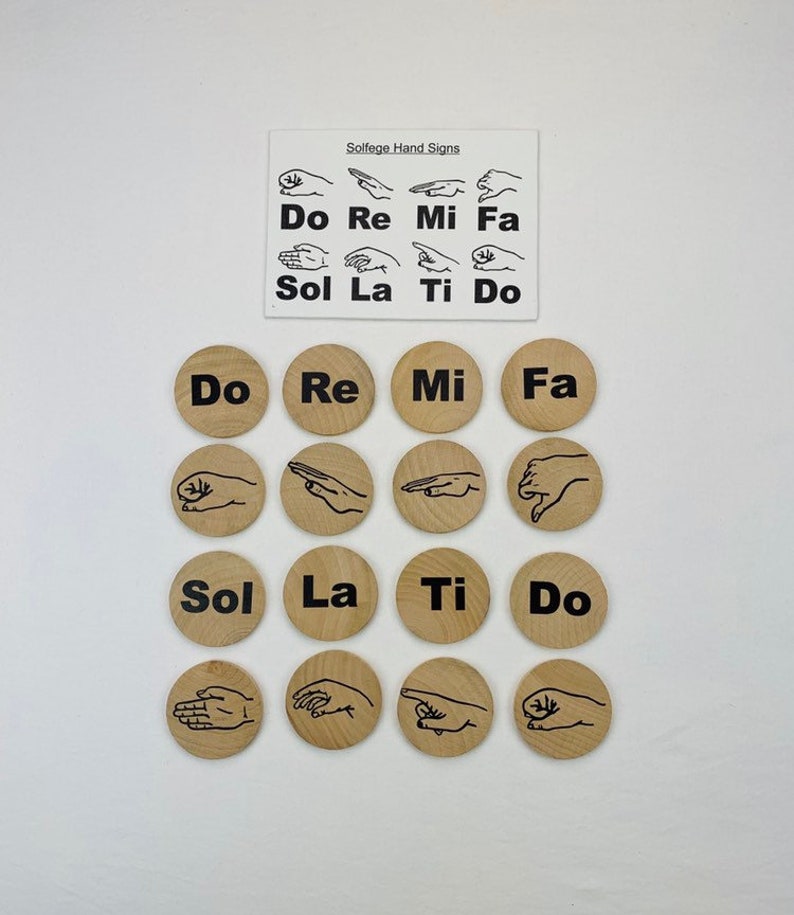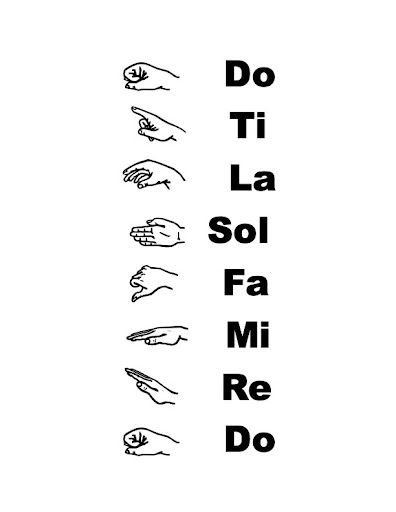Do Re Mi Fa So La Ti Do Hand Signals

Ever seen someone wiggle their hands in the air while singing? It's not just some random dance move! There's often a fascinating reason behind it.
They might be using something called Do Re Mi Fa So La Ti Do hand signals. It's a way to make music even more engaging. Think of it as visual music!
What's the Big Deal?
Okay, so why do these hand gestures matter? Well, they bring music to life in a totally new way.
It's like unlocking a secret code! You can see the music as well as hear it.
Imagine trying to teach someone a song without an instrument. That's where these signals shine!
Making Music Visible
Each hand signal represents a different note in the scale. Do is a clenched fist, representing the root of the scale.
As you go up the scale - Re, Mi, Fa - your hand rises too. Think of it as climbing a musical ladder! You can literally see how the melody rises and falls.
So is usually represented with a flat hand, palm down. La has a pointed finger, Ti is a tilted finger and finally Do returns, often higher to represent the octave.
It's an awesome way to understand how melodies are structured. Suddenly, music theory doesn't sound so scary, right?
It's also super helpful for learning pitch. The hand signals give your brain another way to connect with the sound.
Why It's So Fun
Let's be honest: anything that involves movement is more fun! It's definitely more engaging than just sitting and listening.
Plus, it's a bit silly! You might feel a little goofy at first, but that's part of the charm.
Try teaching your friends a song using these signals. You'll be laughing in no time.
It's a great way to get kids involved in music too. These signals are visual and kinetic, making learning more engaging.
More Than Just a Party Trick
The Do Re Mi Fa So La Ti Do hand signals aren't just a fun game, they're often part of the Kodály method.
This educational approach emphasizes using singing and movement to teach music. So there’s some serious teaching magic behind them!
Many choirs use it. If you've ever sung in a choir, you might have already encountered it without even realizing it.
Give It a Try!
Ready to give it a whirl? There are tons of videos online that can show you the hand signals. And remember Julie Andrews in the movie "The Sound of Music"? You might even remember from there!
Start with a simple song like "Mary Had a Little Lamb" or "Happy Birthday." Practice each note and its corresponding hand signal.
Don't worry about being perfect. Just have fun with it! That's what it's all about!
You might be surprised at how much you learn about music in the process. You might even find a new way to express yourself.
So go ahead, get those hands moving. Who knows, you might just become a musical maestro!



